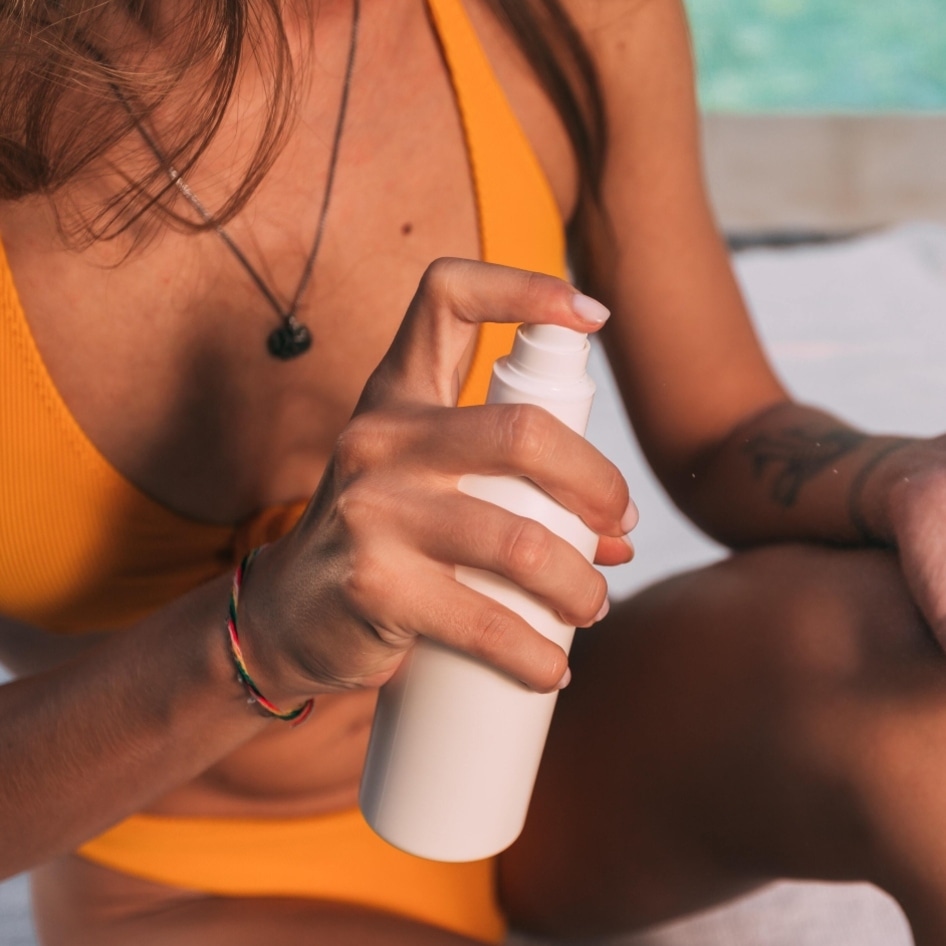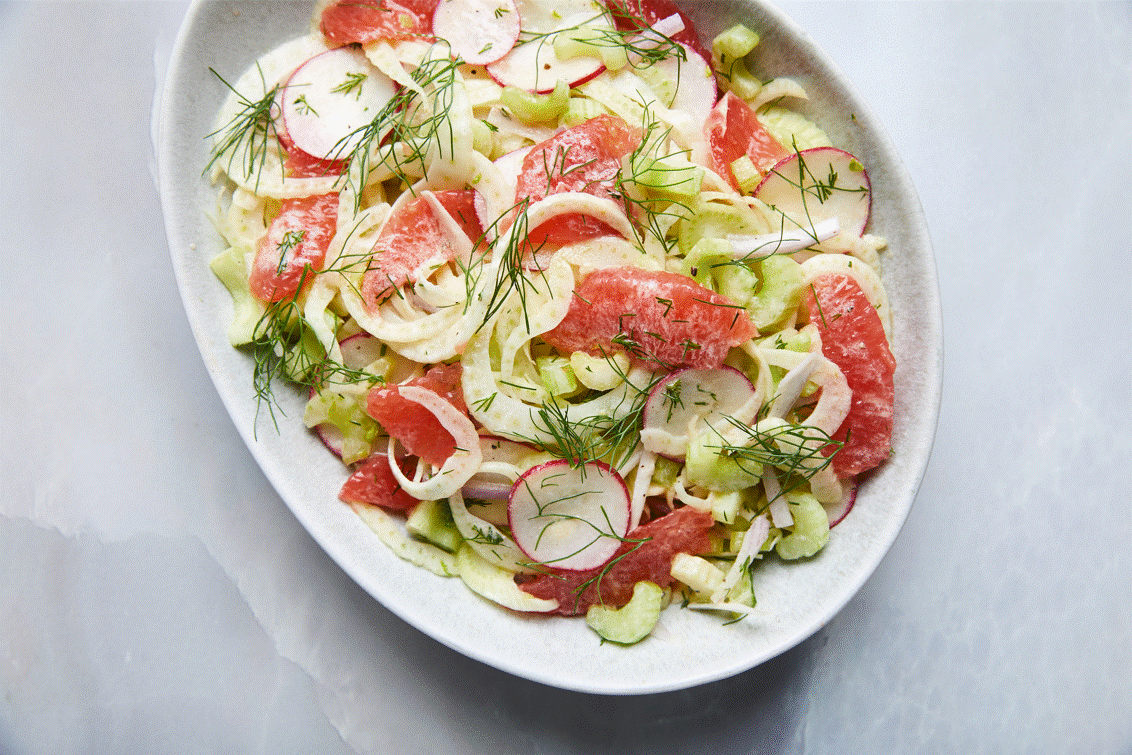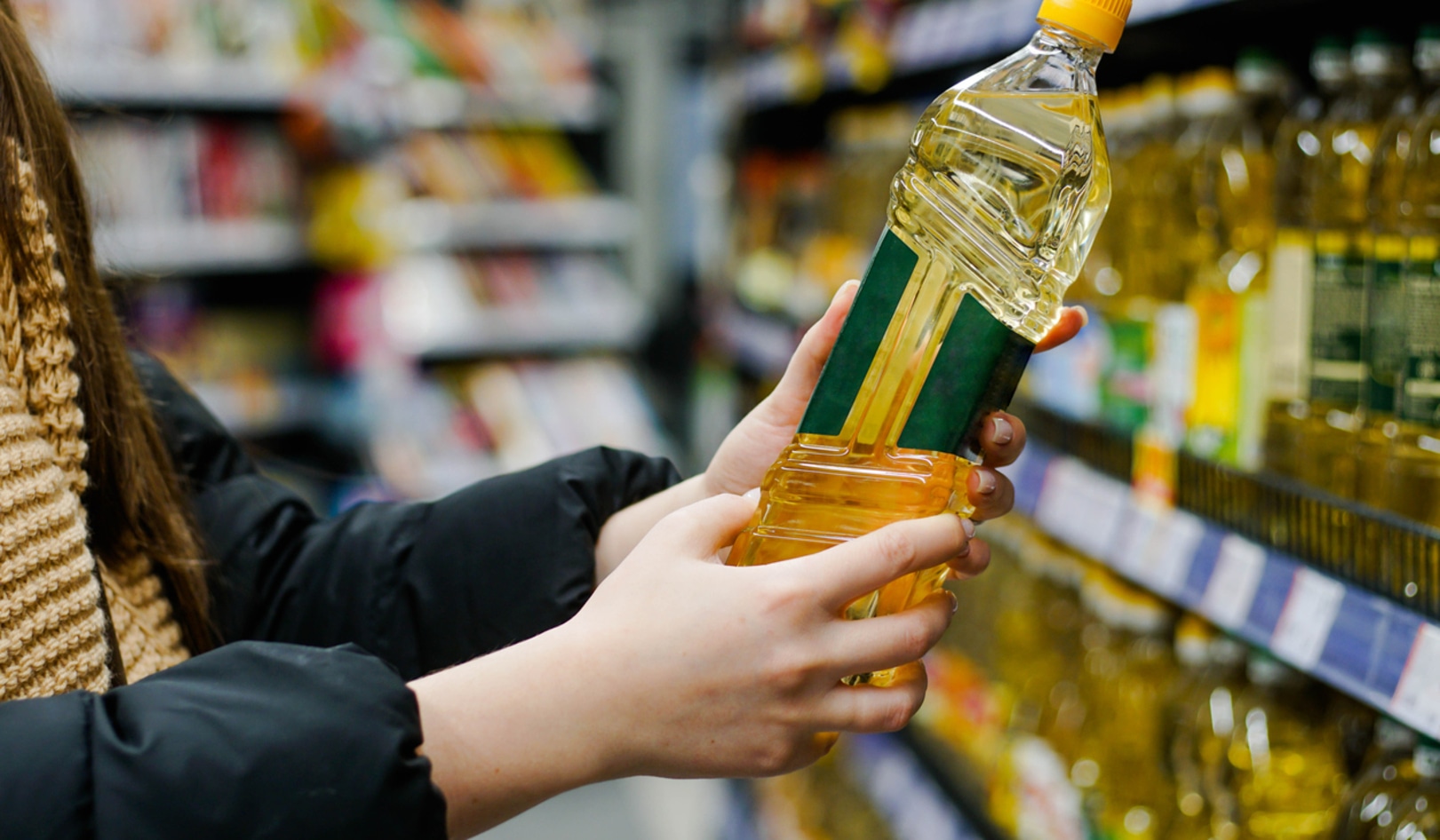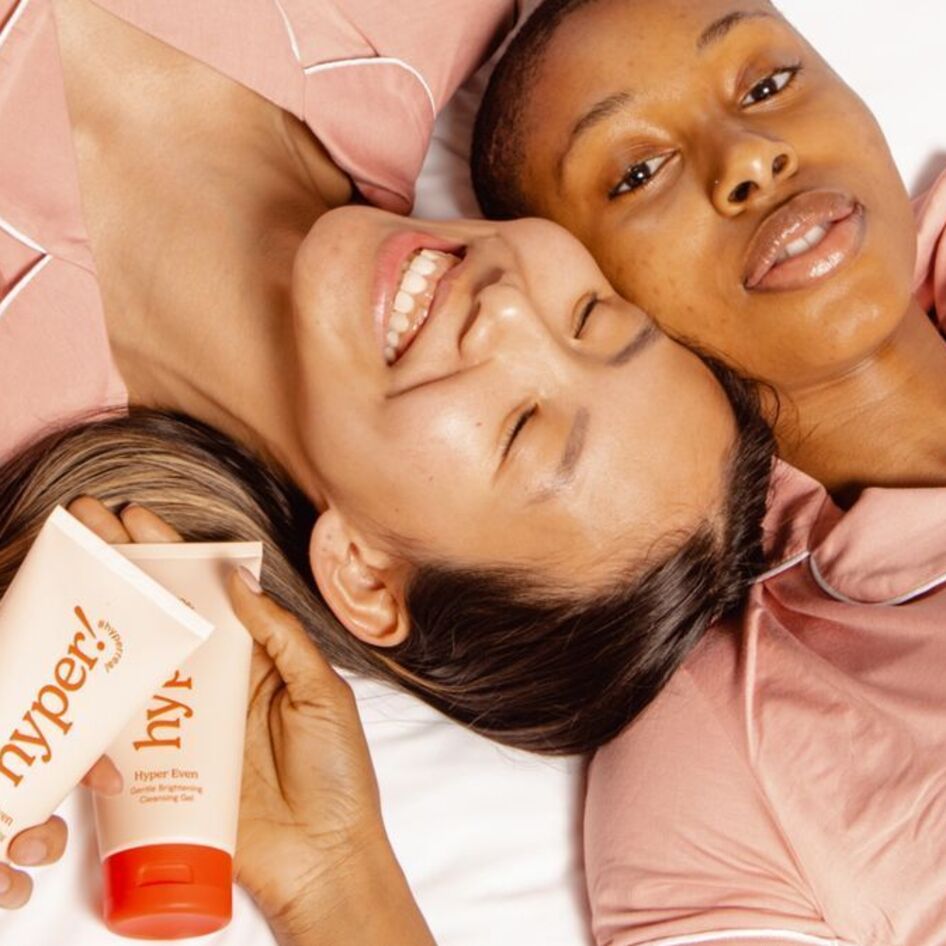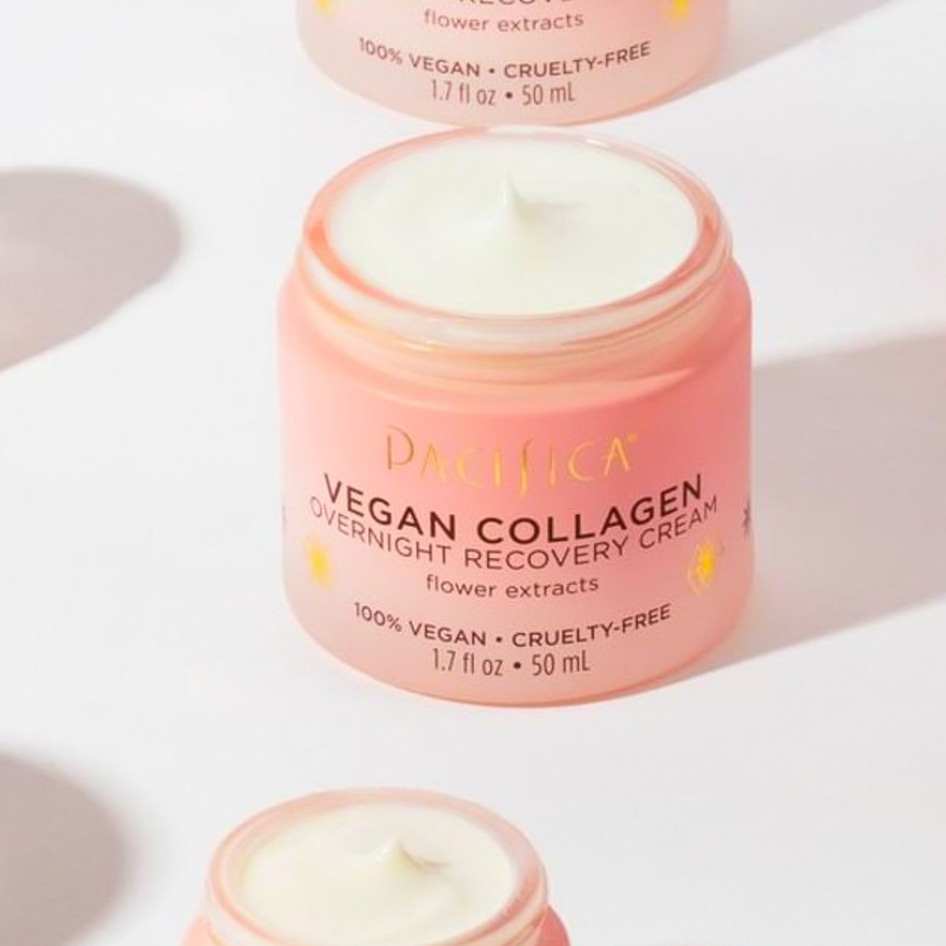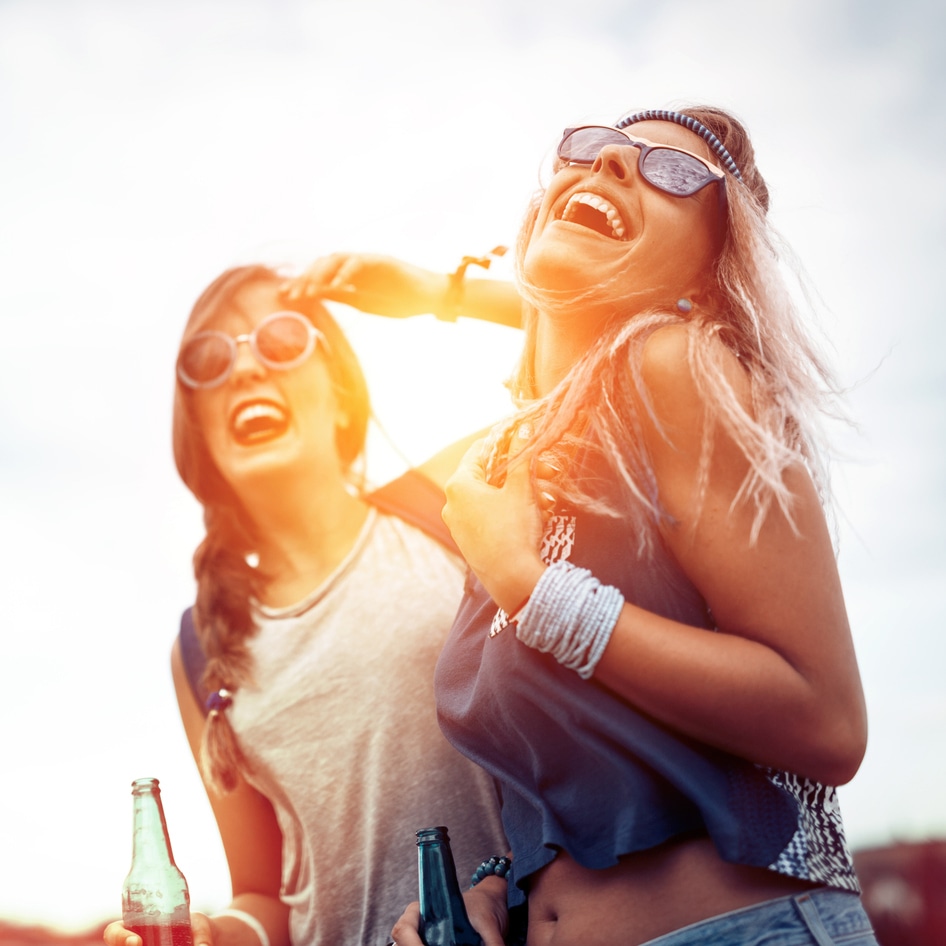Vegan Sunscreen Guide
Not all bottles are created equal. Check out how to really protect your skin this summer.
June 26, 2011
Sunscreen, like watermelon and Fourth of July fireworks, is a summertime essential. This sunburn- and cancer-fighting product comes in more tubes, sprays, and sticks and with more SPFs, bells, and whistles than any consumer knows what to do with. Finding an effective sunscreen that’s cruelty free? That might leave you in the drugstore aisle for hours. We help you spend less time buying bottles and more time enjoying the sun safely by explaining what’s on those labels and which ones are animal-friendly.
SPF, Simply
More than 2 million people in the US are treated for skin cancer each year. Those of us (read: all of us) who don’t want to be one of the millions need to know exactly what is going on with sunscreen. Most of us choose a tube based on its sun protection factor, or SPF, which supposedly indicates how many minutes the sunscreen will protect you from UVB rays only. UVA rays, not so much. The Food and Drug Administration (FDA), for the first time in more than three decades, released new guidelines on sunscreens in an effort to prevent companies from making dubious claims about their products. The new rules include a requirement that sunscreens equally protect against UVA rays (long-wave rays that can cause skin aging and might initiate the development of skin cancer), and UVB rays (short-wave rays that are the main culprit of sunburn and is the major initiator of skin cancer) in order to be considered “broad spectrum.” In addition, sunscreens can no longer claim to be “waterproof,” “sweatproof,” or be called “sunblock.” Lastly, the FDA is proposing capping SPFs at “SPF 50+” because those above 50 offer little more protection with each SPF number increase. The policy change, which will take place in one year, is industry changing and much needed in a $680-million domestic business that, until now, had essentially no rules whatsoever.
Safe Screens
While the FDA’s new rules are a welcome change for the industry and will help consumers buy products that will truly protect them, there are other dangers to be aware of. Some of the chemicals used to make sunscreens can be as harmful to you as the UVA and UVB rays you’re trying to protect yourself against. We tackle some of these hormone-disrupting, cancer-causing chemicals in our July+August 2011 piece, “Skin Deep.” The Environmental Working Group is also committed to finding a truly healthy sunscreen; their 2011 Sunscreen Guide is available online and sorts through more than 1,700 screens, lip balms, and moisturizers, rating them one (the best) through eight (the worst). Some of VN’s favorite cruelty-free finds (that also have great scores on the Sunscreen Guide) include Loving Naturals SPF 30+ Suncreen, Jason Natural Cosmetics SPF 30 Mineral Sunblock, Elemental Herbs SPF 20 Sunscreen Sport, and UV Natural SPF 30+ Lip Sunscreen for protecting your pout. Make sure to really lather it on, as SPF ratings are based on a thick application of sunscreen—about three tablespoons every two hours is recommended by experts.
No matter which sunscreen you decide on for summertime, don’t forget that the best sun protection includes a hat and cover up as well (or a strategically placed umbrella). Enjoy the sunshine!
JUMP TO ... Latest News | Recipes | Guides | Health | Shop

